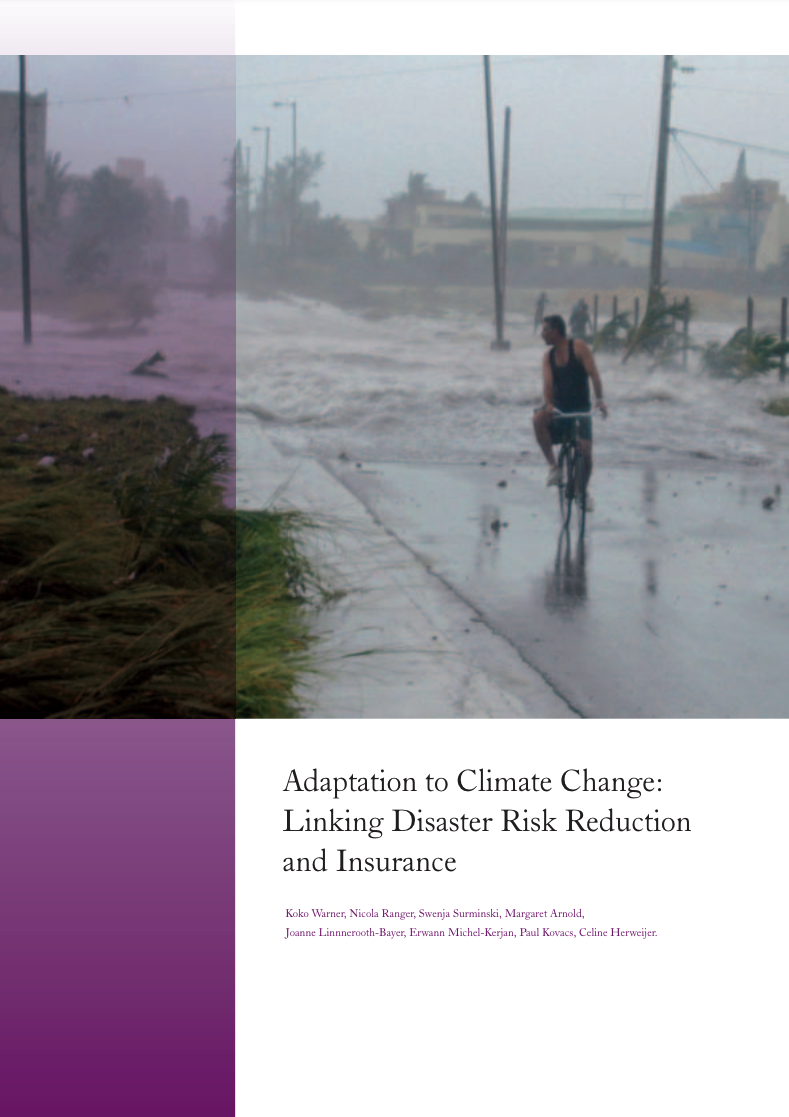
Driving greater investments in risk reduction and resilience.
The problem.
Losses from extreme events are escalating, stressing insurance markets in high-risk areas. In response, private insurance is becoming too expensive or unavailable, threatening housing markets, mortgage markets, and local economies.

The opportunity.
The only long-term solution to stabilizing insurance markets is transformative investments in lowering risk. Insurers can support loss reduction and resilience through new products, financial incentives, consumer education, and policy advocacy.
Understanding the language of risk reduction.
hazard
A phenomenon or activity that can produce harm or negative outcomes. Hazards exist without people or property and include hurricanes and wildfires.
risk
The possibility of damage or financial loss that could occur from a hazard. Risk is a function of hazard, exposure, and vulnerability.
exposure
The people and property that could be damaged if a hazard happens in a given area—anything a disaster or extreme weather could impact.
vulnerability
The susceptibility of people or property to negative impacts as a result of the hazard occurring. For instance, an elevated home is less vulnerable to a flood.
Mitigation
While “mitigation” in a climate policy context refers to abating greenhouse gas emissions, in a disaster context, in refers to risk reduction efforts.
Resilience
The ability to prepare for, withstand and respond to, and recover and adapt from a negative event.
We can lower disaster losses.
We know how to build safer buildings, such as Fortified or Wildfire Prepared homes. We have risk assessments to help us locate people and property out of harm’s way. We can adopt community-scale measures such as preserving wetlands to hold floodwaters or thinning forests where fire has been suppressed.
Featured publications.
2024 Miami-dade property insurance strategy forum
-
The Insurance Strategy Forum kicked off a new, cross-sector conversation among key stakeholders, created space for meaningful collaboration, and set a precedent for ongoing dialogue and action. Read a report out of their findings.
building a climate resilient future
-
This report highlights the adaptation and climate resilience gap and the unique role the insurance industry can play in through investment in adaptation and resilience.
Adaptation to climate change: Risk reduction and insurance
-
This report discusses mechanisms by which insurance can support greater risk reduction and climate adaptation.
Explore solutions for resilience.

Innovation.
At the time of rebuilding, could your insurer give you extra funds to invest in risk reduction measures?
Endorsements are additional add-ons to standard insurance policies. In the Gulf Coast region, some insurers (including some state residual markets) have been offering Fortified endorsements. These additions to a standard homeowners policy pay extra during rebuilding for the policyholder to upgrade to a Fortified home, the standard developed by IBHS.
Another example of insurer support for loss reduction comes from FM Global’s “resilience credit.” As a mutual, owned by their policyholders, for the last three years, FM Global has given their clients extra funding for resilience investments along with recommendations to lower losses from natural hazards.
How do we ensure insurers have the needed data and modeling on risk reduction to guide underwriting and pricing?
In order to reward risk reduction with greater availability of insurance and lower premiums, insurers need accurate and comprehensive data on risk reduction and need catastrophe models that account for all risk reduction measures in a timely way. Read about two new potential solutions for wildfire:
Could insurers advise households and communities about how to maintain affordable coverage?
Insurers can do a better job educating their policyholders about what types of retrofits are needed to make their home safer. Insurers could do this both before and after disasters. They could also make it easier to adopt such measures, such as by providing lists of approved contractors, for example. Insurers can also advise local governments on the measures needed to keep property in their communities insurable as risks rise.
MORE COMING SOON!

Policy reform.
Public policy for safer building and land use.
Federal, state, and local governments have a range of tools to ensure building and land use decisions are made to protect people and property against not just today’s hazards but also tomorrow’s.
-
States and local governments can adopt building codes that require new construction to be built to withstand future hazards. Many measures are cost-effective, saving more in reduced future losses than they cost. Strong codes, however, must also be enforced to be effective. IBHS rates coastal states on their building codes and enforcement.
Read more here.
-
The federal government provides grants to states and local governments to adopt risk reduction and resiliency enhancing measures. These include programs in FEMA such as the Hazard Mitigation Grant Program and Building Resilient Infrastructure in Communities Program, as well as other agencies. These funds are critical to support local risk reduction projects that communities could not otherwise afford on their own. Demand is greater than supply, however, and more work needs to be done to better prioritize dollars to areas of high risk and high need.
-
The vast majority of buyouts are funded through federal grants but run through state and local programs. For example, floodplain buyouts are a strategy of acquiring frequently flooded properties and returning them to open space. They are funded by federal grants, as well as state and local programs, such as New Jersey's Blue Acres program.
Premium reductions for reducing risk.
Many states mandate that insurers offer premium reductions when households adopt certain loss reduction measures.
-
Fortified construction substantially reduces wind damage from hurricanes and other storms. Many states have thus mandated insurance discounts for homes certified to this standard. For example, the state of Alabama mandates discounts of up to 55% in the highest-risk areas for Fortified certified homes.
-
The California insurance commissioner recently launched a program to educate homeowners about wildfire risk reduction and for insurers to provide premium reductions for certain measures known to lower wildfire risk.
Reporting on this program and others from E&E here.
-
The federal National Flood Insurance Program offers a voluntary program for communities to do more to lower their flood risk, called the Community Rating System. As they advance in the program, accumulating points, their residents are rewarded with lower premiums in the NFIP. Read more about CRS here.
-
The Casualty Actuarial Society produced a report that "presents a series of case studies to quantify risk reduction from wildfire mitigation actions using a stochastic catastrophe simulation model. We also illustrate how the risk reduction estimates from a catastrophe model can be reflected in insurance premiums via mitigation credits and how they can inform community cost-benefit analyses.”

Related research.
Kousky, C. and You, X. (2024). “The Role of Insurers in Driving Post-Hurricane Risk Reduction Investments.” npj Natural Hazards 1:36.
Kousky, C (2024). "Louisiana’s insurance crisis is a climate crisis.” Louisiana Illuminator.
Gourevitch, J. and N. Pinter (2023). “Federal incentives for community-level climate adaptation: an evaluation of FEMA's Community Rating System.” Environmental Research Letters 18 034037.
Petrolia, D. et al. (2022). “Do Wind Hazard Mitigation Programs Affect Home Sales Values?” Journal of Real Estate Research 45(2): 137-159.
Chamberlain, M. (2022). “Making the Uninsurable Insurable.” Milliman, October.
Bakkensen, L. and L. Blair (2022). “Wind Code Effectiveness and Externalities Evidence from Hurricane Michael.” University of Arizona, Tucson, AZ.
Junod, A. et al. (2021). “Equitable Investments in Resilience.” Urban Institute.
Kousky, C. (2019). “The Role of Natural Disaster Insurance in Recovery and Risk Reduction.” Annual Review of Resource Economics 11:399–418.



